
Evolutionary Anachronisms in The Western Palearctic – Part I: Puzzling Pomes
In their 1982 paper Neotropical Anachronisms: The Fruits the Gomphotheres Ate, Daniel H. Janzen and Paul S. Martin defined it as a trait of a plant that is inexplicable unless seen in the backdrop of its evolutionary past. For instance, Gymnocladus dioicus, a tree in the legume plant family Fabaceae that is native to the eastern United States, produces seed pods that are poisonous to mammals, unbreakable to rodents and impervious to water, yet depend on all of these for dispersal since the seeds, the largest in the continental United States, are too heavy to be carried by wind anywhere far. As a result, each year the parent tree will produce pods that fall to the ground, where they slowly decompose over the years, even in seemingly natural habitat. This is odd because the fruit of any plant is always intended as a diaspore. Plants have outbid each other over millions of years in attempts to produce the most sophisticated designs that will allow their unborn offspring to travel and germinate a preferably long distance away from the parent. So, if the Kentucky coffeetree, as it is also called, fails so miserably at dispersing seeds away from the parent tree, despite an elaborate diaspore, one is compelled to ask, why?.
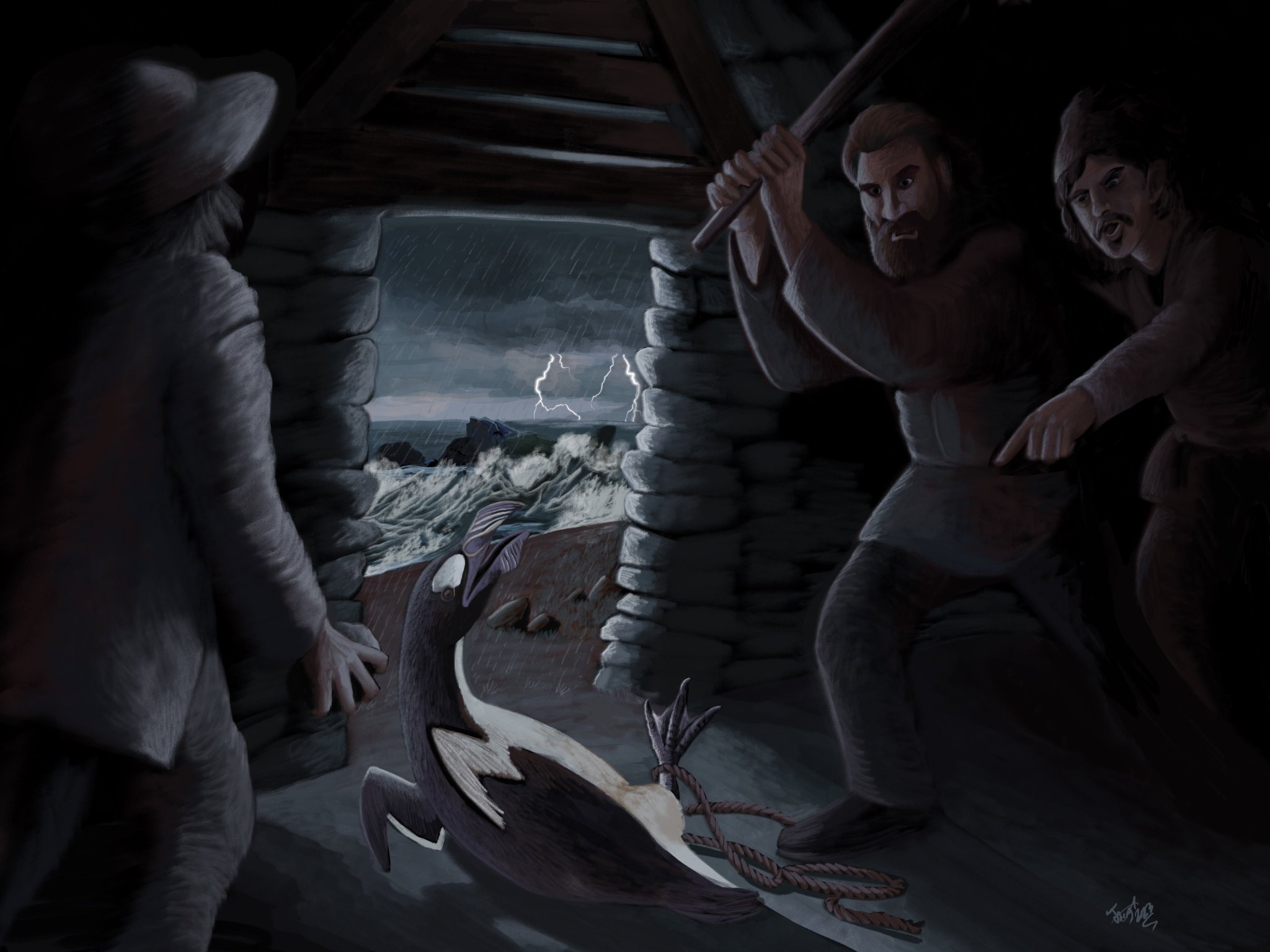
The History of the Decline and Fall of the Great Auk
The extinction of species has long captivated the curiosity of scientists and nature enthusiasts alike. Within the realm of vanished creatures, the great auk stands as a prominent figure. As the only flightless bird in the North Atlantic, the great auk (Pinguinus impennis) held a unique position as the largest member of the Alcidae family, commonly known as auks. This goose-sized seabird has left an indelible mark on our natural history
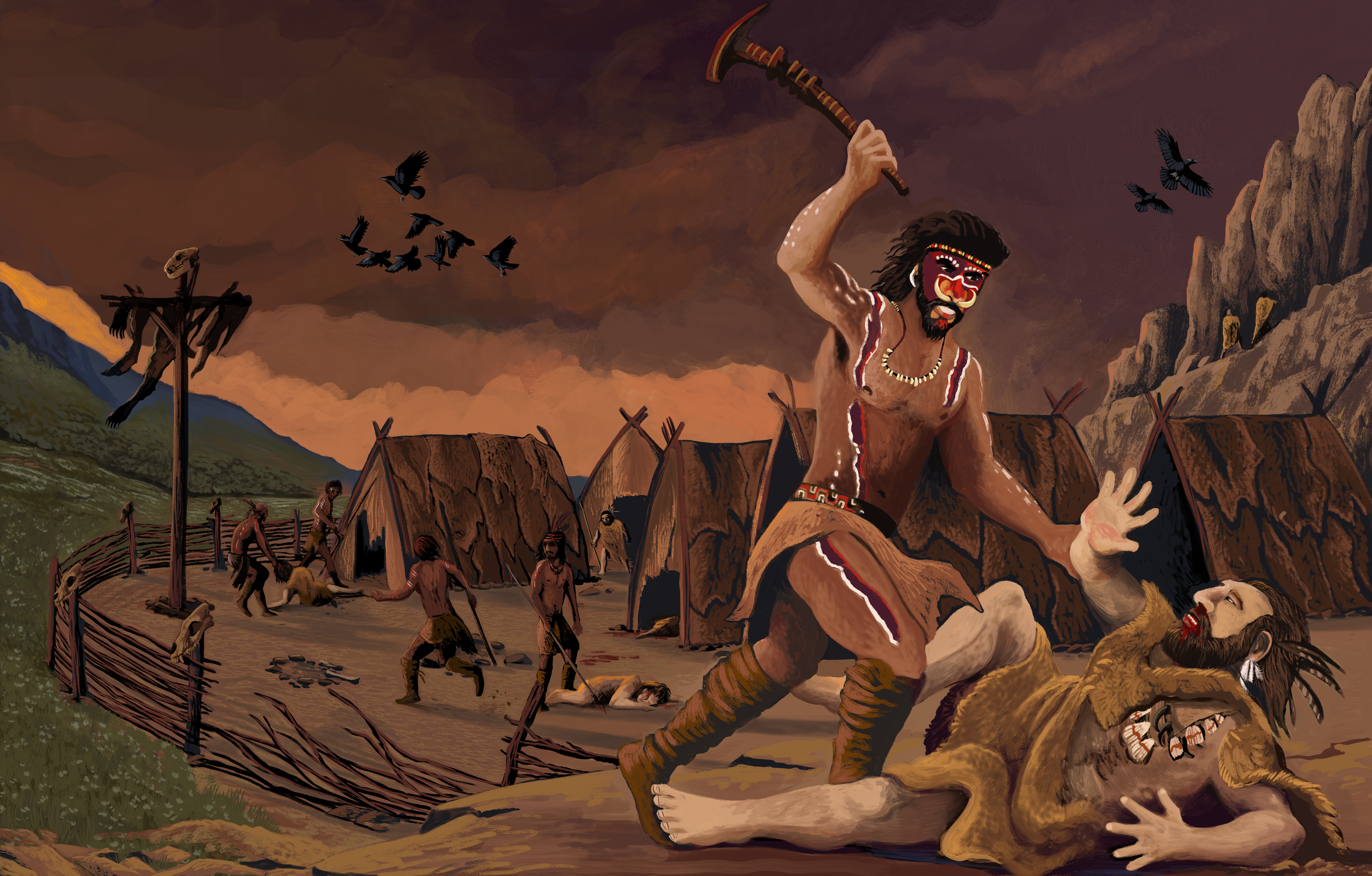
First and Last Men Part I - Adam's Kindred
It is an odd thing to consider that only a couple centuries ago there existed among neither the public nor the sciences any particular notion of prehistory. There was history, of course, a field both venerable and respected, but nothing before it. The annals of the Old Testament traced back the lines of man to the very dawn, or so it seemed, and little in the way of archaeology or palaeontology had ever arisen to complicate this picture. The histories seemed complete, a record from dawn till dusk. The process of discovery is rarely gentle. The advent of geology, palaeontology and complex archaeology have resulted in nothing less than a total reinterpretation, if not revolution, in our view of human history. If the old narratives were not destroyed, they were rendered at least vastly more complex than hitherto thought. From this process of discovery and transformation has arisen an entirely new cultural vocabulary, never before known: Extinction, evolution and the vastness of time became concepts enmeshed in popular thought. For the first time in millennia, people spoke of the mammoth and the sabretooth. For the first time in history, of the dinosaur. Yet of all the new images and ideas, perhaps the most startling was also the most familiar: the man before Man, the dweller in the grottos, the ur-person. The Caveman.
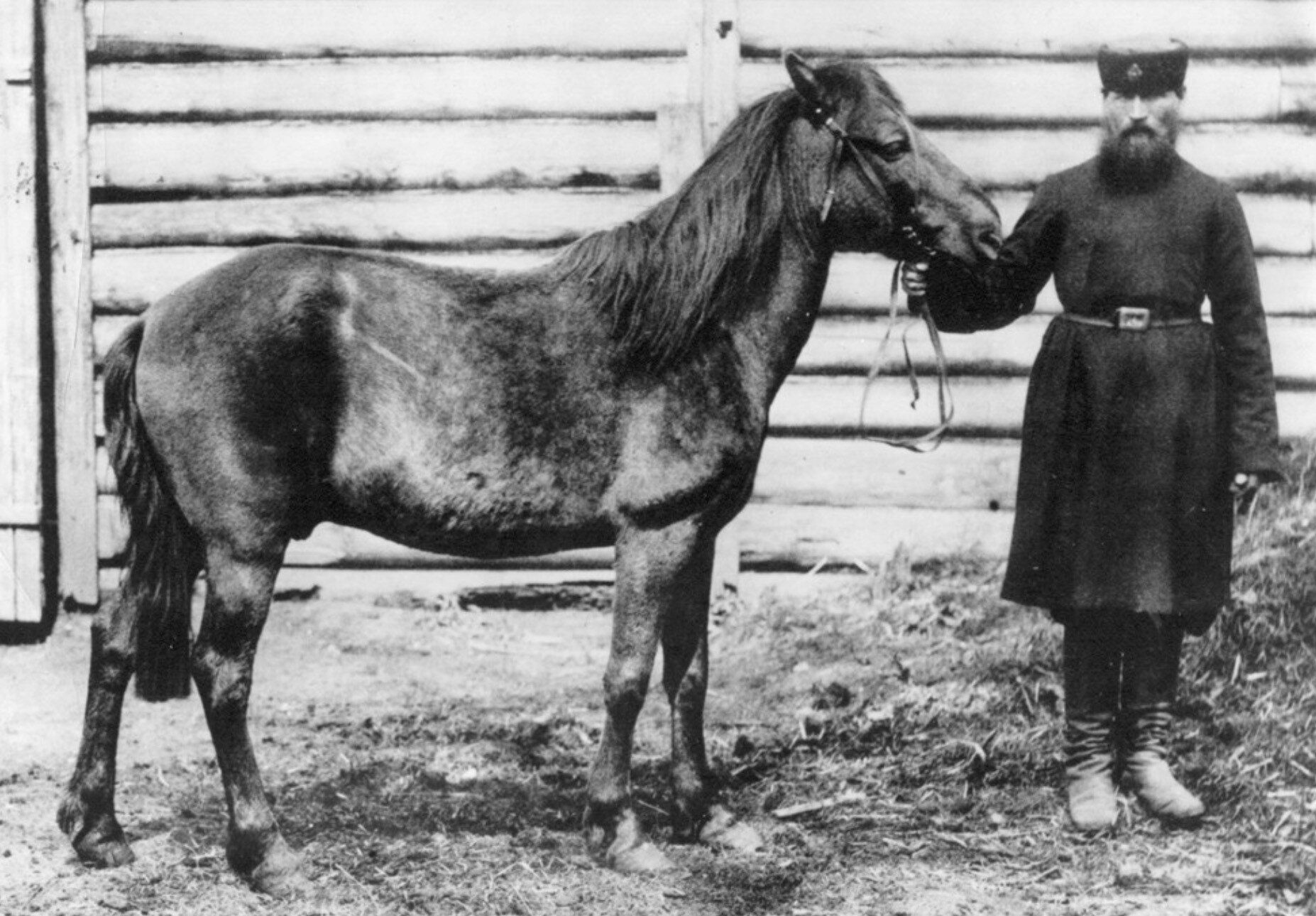
The European Wild Horse
The horse is one of man’s most important domestic animals. Just like cattle, horses descended from a once widespread wildtype that is now extinct because of human influence. The western subspecies of the wild horse, Equus ferus ferus, had a range from the Iberian peninsular to the western Eurasian steppe, where the horse was most likely domesticated. Although the domestic horse is well-known to us, the wild form is kind of elusive – it is not certain when it died out, how common it was, what it looked like, and there is not even a consensus on how to name this animal.

The Aurochs
A creature of both myth and history, the aurochs was the wild ancestor of domestic cattle, and a denizen of innumerable legends. Dying out as recently as 1627, it is one of the few members of Europe’s extinct megafauna to have survived into historical times. In this article, guest author Daniel Foidl lays out everything there is to known about the renowned beast.
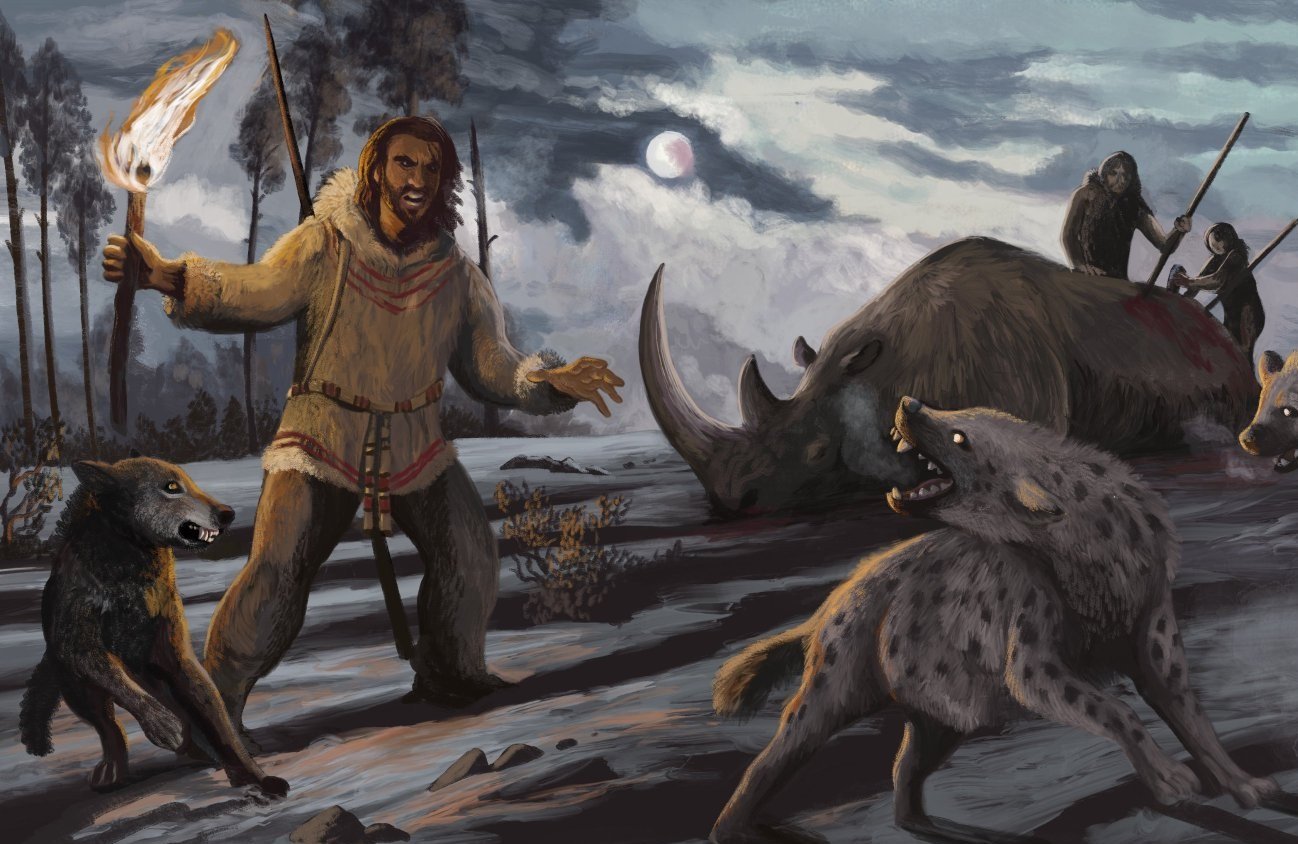
Europe - Part II: The Human Dimension
Around 40,000 years ago, an event occurred that would change Europe forever - Man had come. But what role did early humans play in the transformation of Europe’s ecosystems and the vanishing of the megafauna, and what of the Neanderthal?
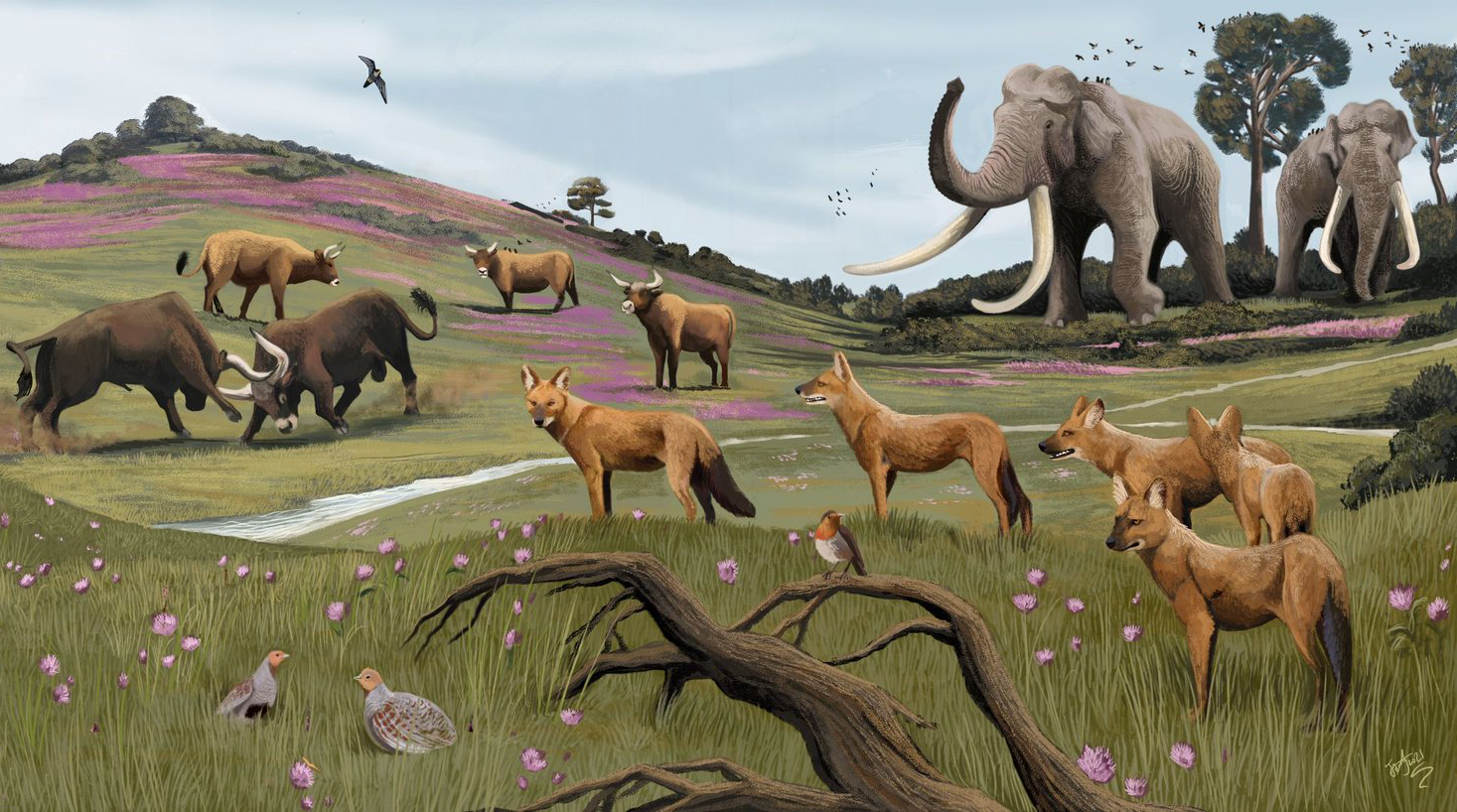
Europe - Part I: Prelude and Climate
Before the age of farming was an age of hunters; before the age of hunters was an age of giants. In this first part of our series on the European extinctions, we describe the continent’s original ecosystems, before the vanishings, and analyse the evidence for a climatic explanation.
